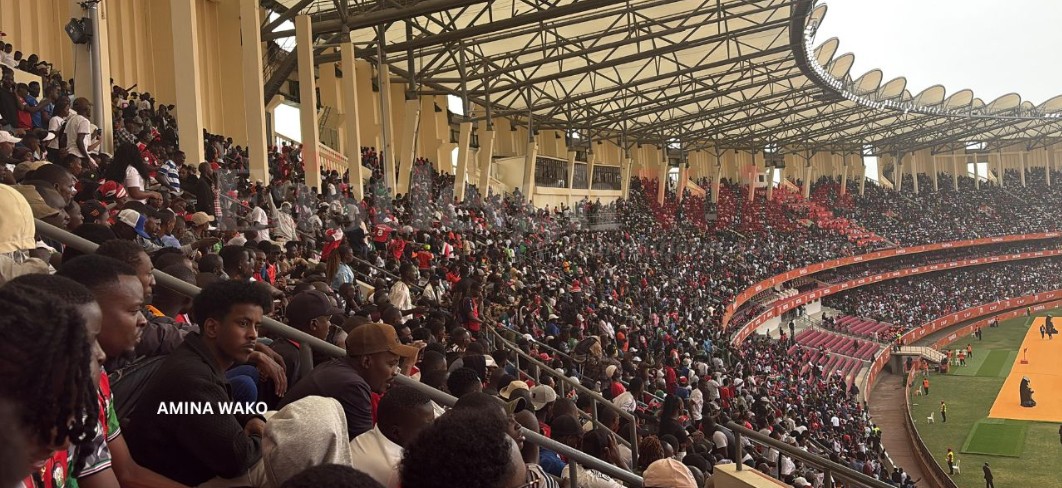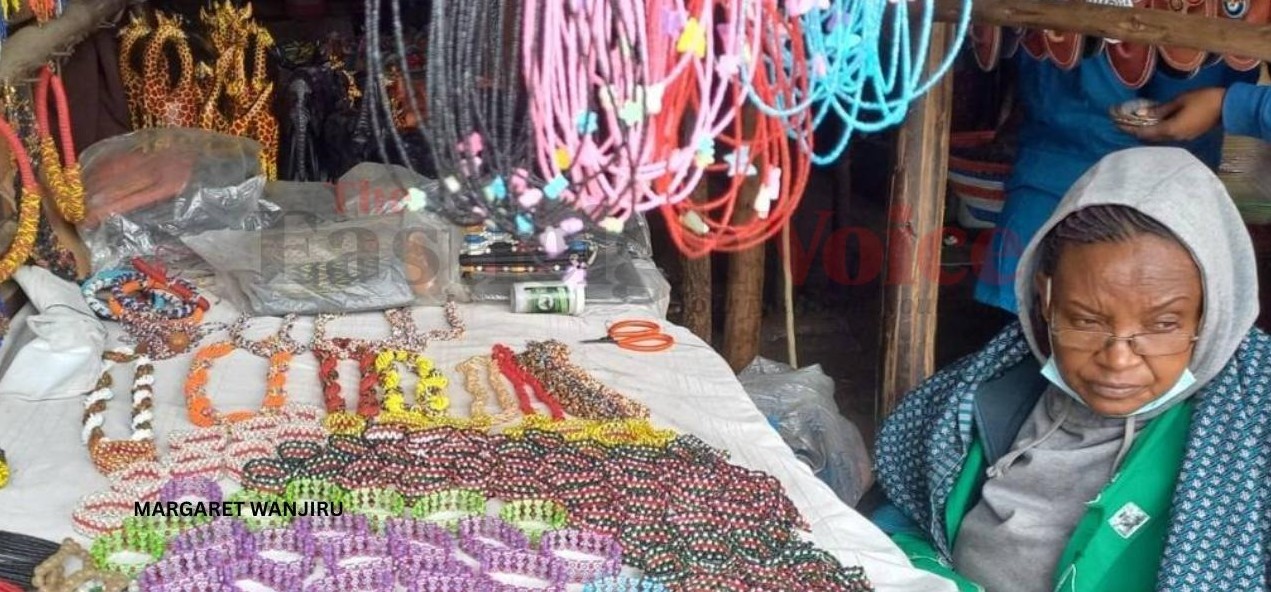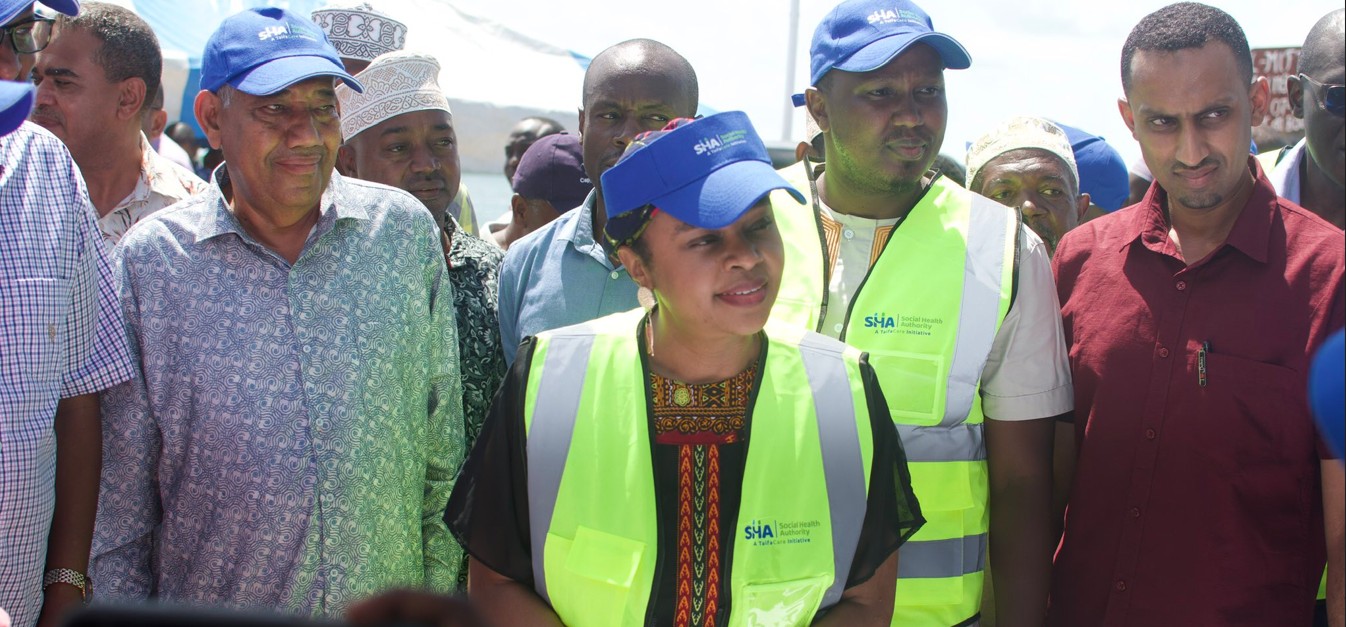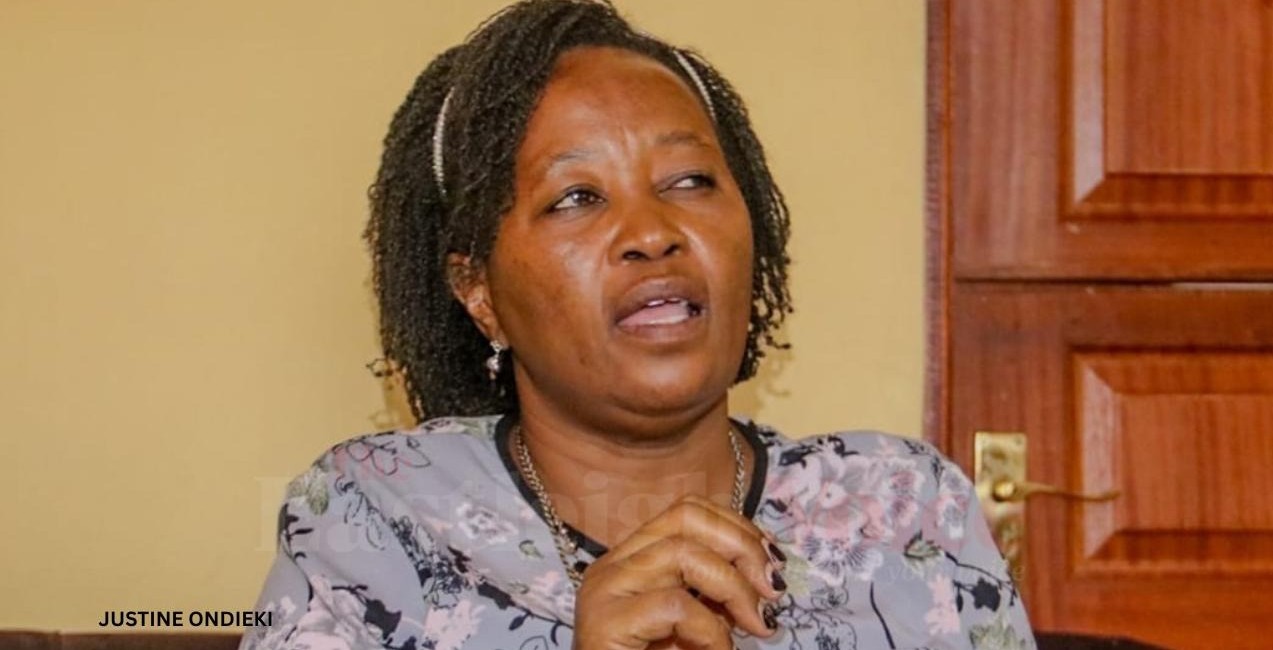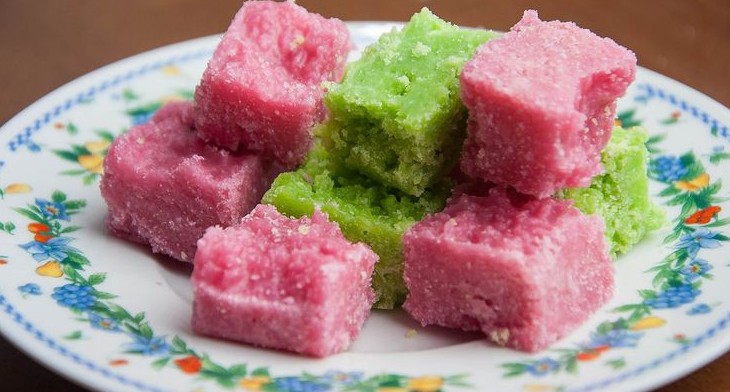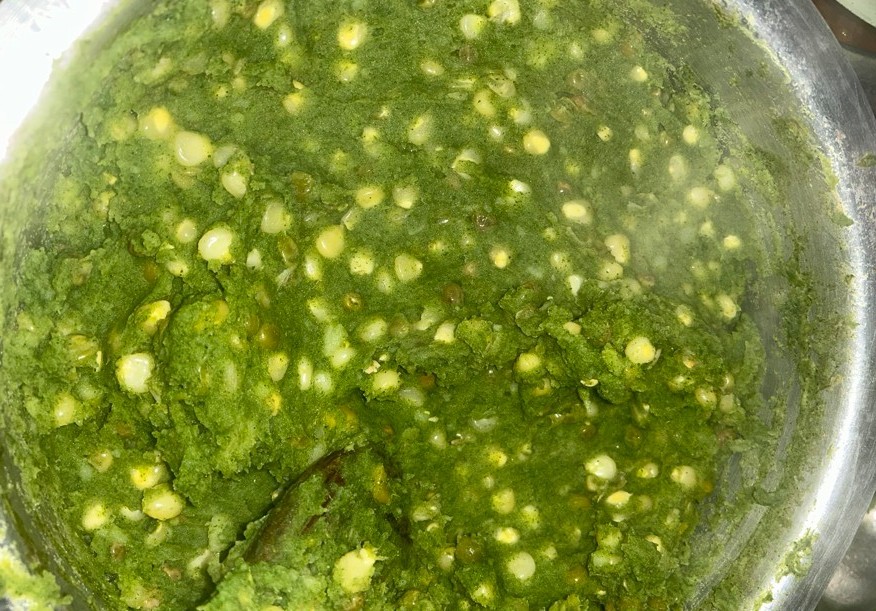Rivatex on brink of collapse as high costs, outdated machines undermine revival plan

A recent inspection by the Parliamentary Committee on Trade, Industry and Cooperatives revealed that the Eldoret-based textile firm is running at less than 10 per cent of its installed capacity.
Government-owned Rivatex is facing possible collapse as it continues to operate far below capacity, weighed down by soaring operational costs and outdated machinery, despite billions of shillings from the government and development partners intended to revive it under Kenya’s industrialisation agenda.
A recent inspection by the Parliamentary Committee on Trade, Industry and Cooperatives revealed that the Eldoret-based textile firm is running at less than 10 per cent of its installed capacity. The committee cited high electricity bills, a shortage of raw materials, and obsolete machinery as key factors undermining efficiency.
More To Read
The lawmakers noted that Rivatex has made little market impact despite substantial investment over the last two decades, attributing much of its poor performance to high operational costs.
“The high cost of energy remains the biggest challenge to the company’s ability to break even and turn a profit. While neighbouring countries such as Ethiopia and Uganda attract investors by offering competitive electricity tariffs, Kenya has yet to implement an industrial power policy that offers better rates,” committee chairperson Bernard Shinali said.
For the financial year ending June 2023, Rivatex posted a loss of Sh347.6 million, pushing its accumulated losses to over Sh3 billion.
The committee has urged state agencies to support the firm by prioritising its products in procurement.
“Government departments should buy from Rivatex to help it generate more income and improve production efficiency,” Shinali said.
Unstable cotton supplies
Beyond energy costs, Rivatex struggles with unstable cotton supplies, low working capital, and rising global prices for fibres, dyes, and chemicals—factors that frequently disrupt operations. Committee vice chairperson Maryanne Keitany pointed out that ageing ginnery equipment also hinders raw material supply.
“We need to align the cotton value chain by providing farmers with quality seed and upgrading some ginneries to enhance production so the company can operate at optimal capacity,” she said.
Kenya produces approximately 5,300 tonnes of cotton annually, which is far short of the 38,000 tonnes required. The Sh17 billion shortfall is met through imports from neighbouring countries.
Partnership
To close this gap, Rivatex has partnered with the Ministry of Investment, the Industrial and Textile Development Agency (Irade), and the Ministry of Industry to distribute Bt and open-pollinated variety (OPV) cotton seeds worth more than Sh60 million to farmers.
“Our goal is to reduce cotton imports by boosting local production through certified seed distribution, attractive producer prices, and the revival of collapsed ginneries and cooperative societies,” Rivatex Managing Director Stanley Bett said.
The firm has also introduced cost-saving measures to meet international market standards. In the past three years, it has recycled 32,800 kilograms of fibre waste worth Sh9.8 million into yarn for school uniforms.
“We now import polyester directly from manufacturers instead of buying locally from resellers, saving Sh2.5 million per forty-foot container,” Bett added.
He urged the government to provide more working capital so Rivatex can purchase critical raw materials, expand production, and become profitable enough to enter export markets.
Recently, the government injected Sh650 million into modernising the factory, supplemented by funding from development partners.
The company has also secured loans of Sh3 billion each from the Indian government and the Kenyan Treasury to replace outdated machinery.
Top Stories Today
